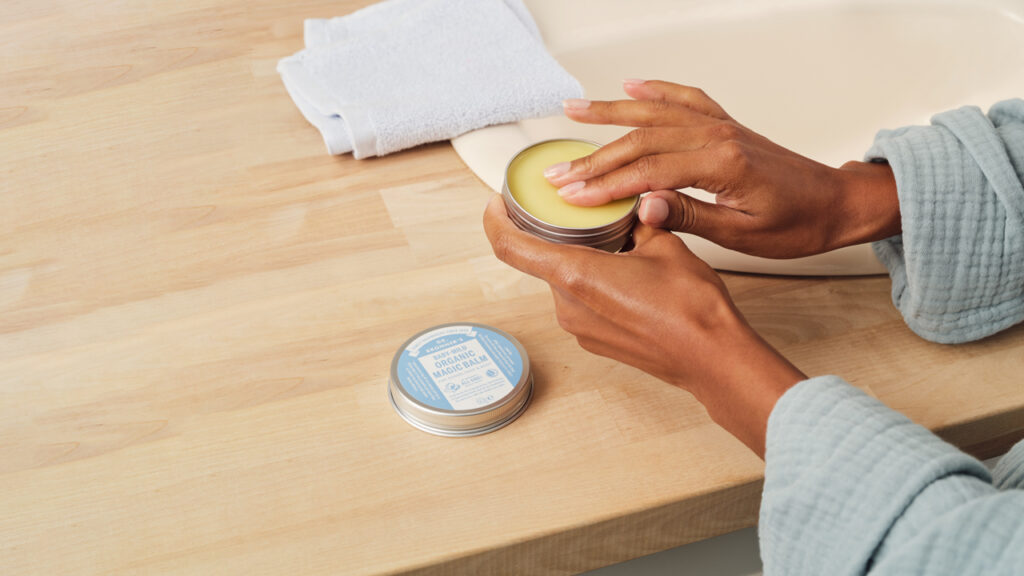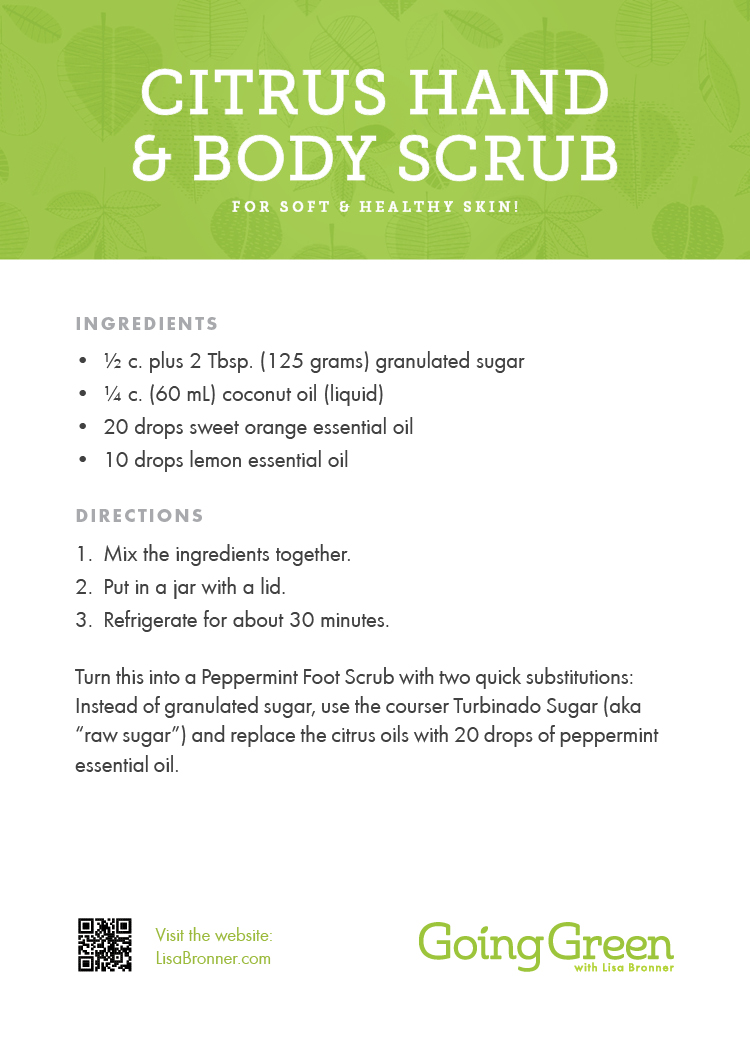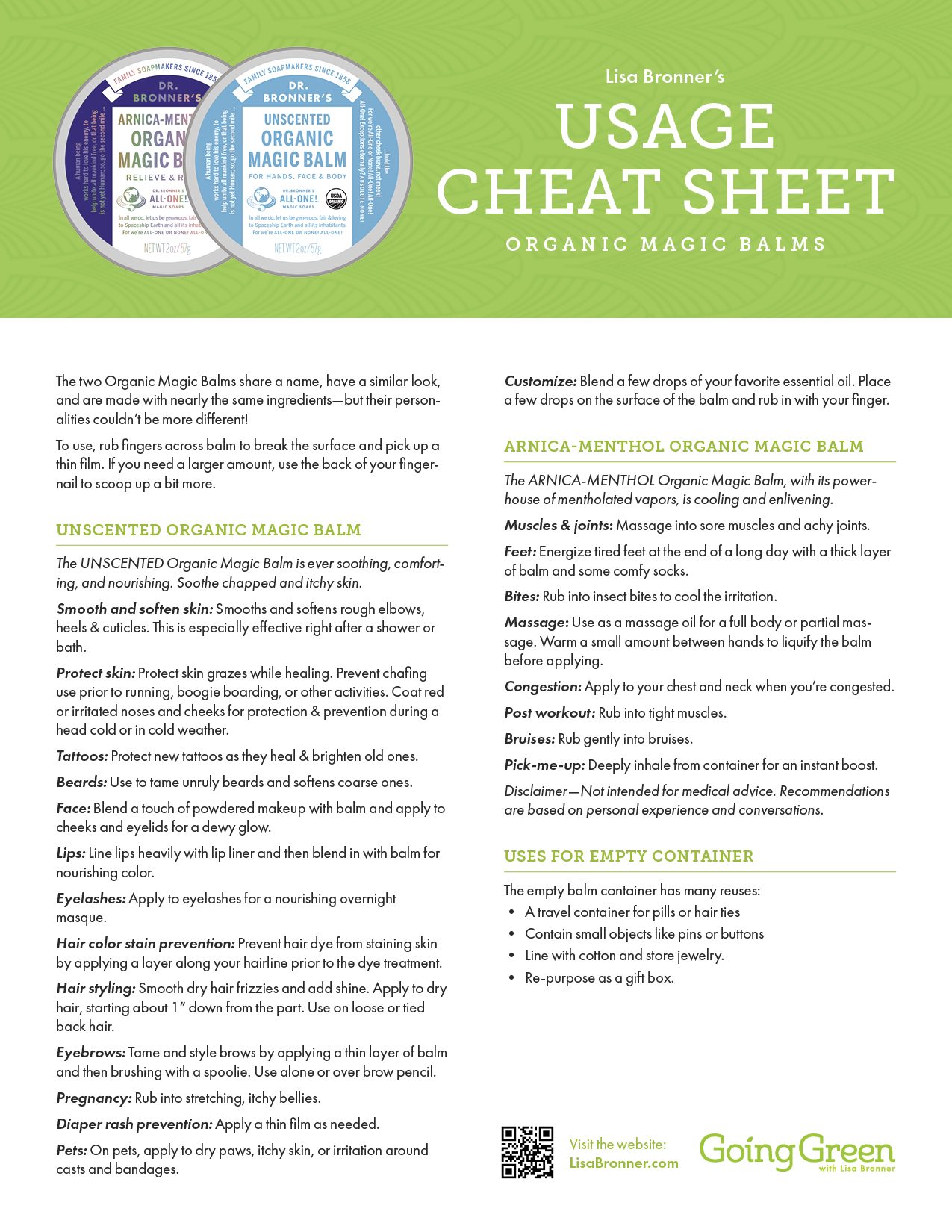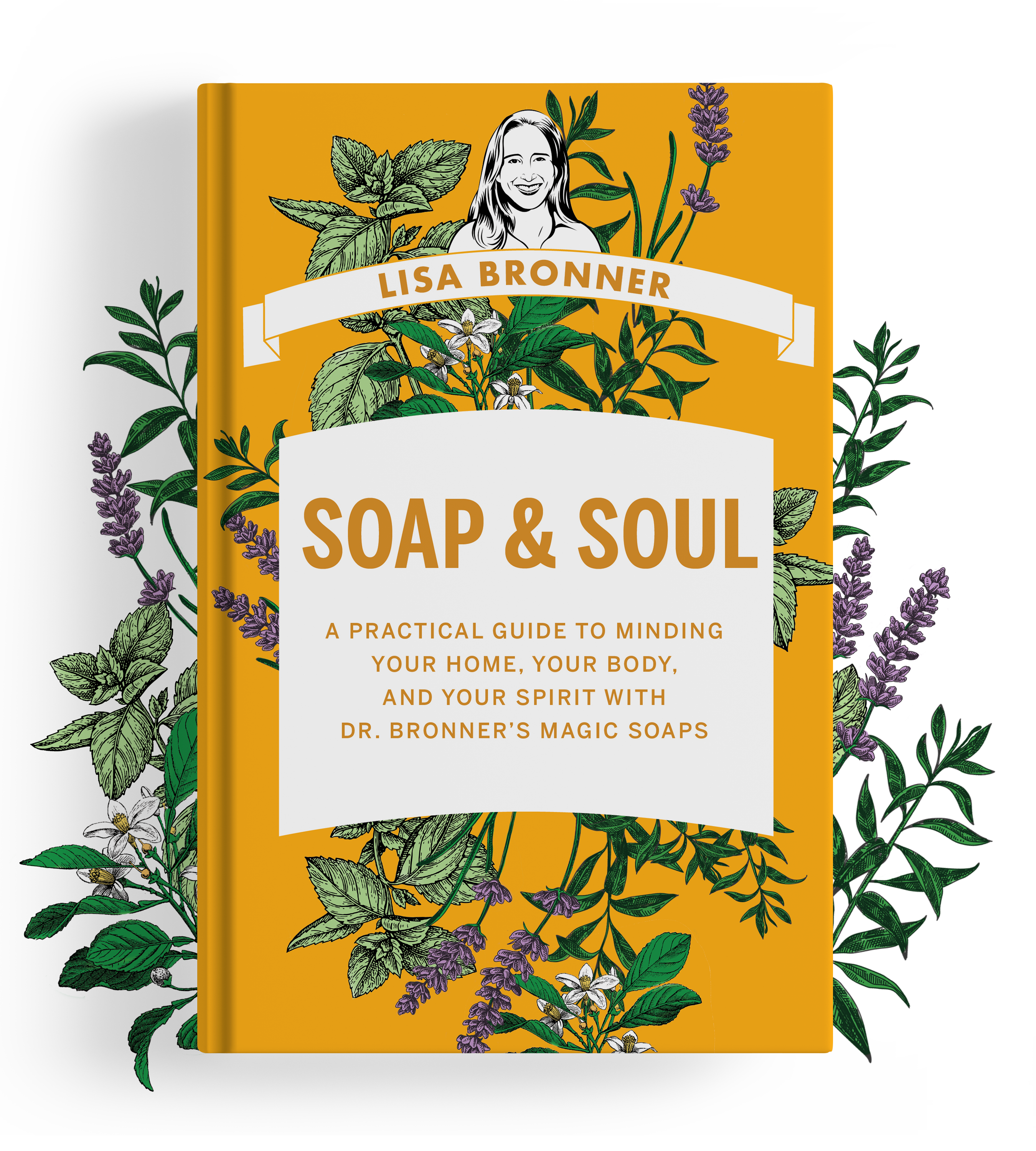
First a disclaimer: I am not here to share the next mani/pedi nail art style. I am possibly the least qualified person to do so.
Instead, this is about taking care of our hands and feet so that they can help us live our best lives. They are our tools, our point of engagement, our resource, our means of helping others, and our avenue to executing our dreams. Let’s keep them healthy and ready for what’s ahead.
Before I focus in on our extremities, let me remind you once again of where any personal care regimen begins: lifestyle. Healthy skin, nails, hair, or anything else external begins with the following five:
- Drinking plenty of water.
- Eating healthy, whole food.
- Getting sufficient sleep.
- Exercising regularly.
- Laughing & relaxing often.
Without these lifestyle habits, no skin or nail care regimen will be wholly effective and might even be a waste of time and money.
Second, before you listen to anything I have to say here, listen to your skin. We all have different skin types and needs based on our genetics, environment, lifestyle, and personal preference. Do not take my suggestions as mandates. You may not need exfoliation because your skin is already naturally thin. You may not need deep moisture treatments because your skin is naturally oily. This may all sound fun, but definitely ask your skin first what it needs.
Now, let’s go on with caring for our hands and feet. Because our hands and feet are at the forefront of interaction with the world, they put up with a lot.
Cleansing Hands and Feet
Cleansing hands
As we all know, clean hands are the first line of defense to overall health. However, there are some wrong ways to do so. While keeping in mind the when/why/how of handwashing, I want to emphasize some things to avoid in order to maintain optimal hand health:
- Avoid antibacterial soaps. These are not proven to be any more effective than regular soaps, and can be harsher on the skin resulting in worn down, less durable skin and can contribute to not-so-lovelies like antibiotic resistance. Soap and water. That’s all you need.
- Avoid excessively hot water. The idea behind hot water for handwashing is that heat kills germs. However, the temperature at which heat effectively kills germs (water at 160°F eliminates most bacteria) would severely burn our skin (140°F water gives 2nd degree burns within 3 seconds). Plus, washing with hot water strips more oils out of our skin and uses a lot more resources to heat than are justified by the benefit. The only time an increase of water temp is beneficial is if your hands are very greasy. Then warmer water can help loosen the oils. Otherwise, use a comfortable temperature.
Cleansing feet
If you have never experienced a foot bath with either Dr. Bronner’s Peppermint Castile Magic Soap (for pep) or Lavender Castile Magic Soap (for calm), you need to go treat your feet to one right now while you read the rest of this article.
Just fill your basin or tub with water that’s warm enough to elicit an “ooooh yeah” and add a squirt or two of your chosen soap. Set those feet in and keep reading.
Go ahead. I’ll wait.
Exfoliating hands and feet
Exfoliation is the removal of excess dead skin. This is important because excess dead skin has lost its elasticity and when it is still attached to the living skin beneath, it keeps that living skin from stretching as needed with our bodies’ movement. If our skin is not supple enough to stretch and flex as we move, it is going to crack. Removing the buildup of dead skin by exfoliation frees the living tissue to move as it needs to.
Hands tend to need more exfoliation in the winter, and feet tend to need more exfoliation in the summer. This is because in the winter, our feet go under cover, protected by warm socks and solid shoes. However, the dryer and colder weather of winter is often less humid, and indoor heating further strips air of its moisture, and our exposed hands simply dry out and crack. Conversely, in the summer, our feet emerge into various sandals, or even go bare. This exposure to the elements dries them out and increases their need for exfoliation.
A common type of exfoliation for hands and feet is with a granular scrub containing sugar, salt, or similar particle. (Since facial skin has unique needs, I’ll save facial exfoliation for another time.)
What to use for exfoliation
My favorite ways to exfoliate hands and feet are with homemade GIY (Green-It-Yourself) scrubs. You get to choose your base, choose your exfoliant, and choose your special little extras.
Choosing your base: Either the Castile Magic Soap or Coconut Oil make and excellent base for an exfoliant. Do you want to cleanse and exfoliate at the same time? Choose soap. This is perfect for morning exfoliation when you have places to be. This is also a great option for otherwise oily skin. Do you want to exfoliate and moisturize at the same time? Opt for coconut oil. This is great for evening exfoliation, when you can leave the residual coconut oil on your skin to penetrate deeply.
Choosing your exfoliant: The larger the grain, the more intense the exfoliation. You want to choose a smaller exfoliant for thinner or more sensitive skin and a coarser exfoliant for tougher skin. In order of increasing size, you can choose baking soda, superfine sugar, brown sugar, white granulated sugar, raw/turbinado sugar, or coffee grounds. Sea salt from fine to coarse are other options. If you are leaning towards Epsom salts, only use them with coconut oil. (They react with Castile Magic Soap and produce intense soap scum.)
If you are making an exfoliant for your hands, brown or white sugar is a great option. For the feet, the coarser raw sugar might be more effective. Then you can add in some herbs, spices, or essential oils to make them your own.
For some of my favorite exfoliant combos, check out my soap-based and coconut oil-based GIY scrub recipes. Find printable versions of the recipes to the right!
How to exfoliate hand and feet
Skin that is already softened with water are easier to exfoliate. Consider exfoliating after a shower or bath, at the end of your bedtime routine, or after you remove your feet from the foot bath they’re currently in.
For hands, rub your scrub of choice all over, focusing on particularly rough areas. For me, that’s my knuckles, the webbing between fingers, the tips of my thumbs, and the base of my palms.
On feet, use a foot scrubber – the tool with the sandpaper-like surface. You don’t want to exfoliate your feet with your hands directly or else you’ll rub your hands raw. Focus the foot scrub on the heels, the balls of the feet, the tips of the toes, and anywhere else where dead skin has built up. It is on the feet that a good soak in warm water will make exfoliation most effective.
Then rinse off the scrub and gently pat hands and feet dry. For maximum nourishment, then moisturize and if you’re heading to bed, consider socks and gloves over the moisturizer for an extra deep treatment.
Callus Care
Calluses, or an intense buildup of dead skin in certain areas, can be caused by many things and are often found on the feet. Not all calluses need to be removed, but if they cause discomfort, crack, or are bothersomely unsightly , you may want to take some abatement measures. I consulted with my local podiatrist Dr. Joan Meyer to get her take on them. She advised that if the callus is not too thick, you can use a pumice stone or foot file to remove them.
First, soak your feet to soften the skin, then use the pumice stone or file to wear down the callus. Be careful not to remove any living skin beneath. However, if the callus is very thick, or at the tip of a toe, or otherwise difficult to remove, it may be time to consult a podiatrist.
Moisturizing Hands & Feet
Whether we’re talking lotions, balms, butters, or ointments, there are three categories of moisturizing ingredients:
- Occlusives create a protective barrier over the skin. These include beeswax, almond, soybean, and avocado oils.
- Humectants draw moisture into the skin. These include glycerin and various sugars such as honey and sucrose.
- Emollients replace lost lipids in the skin. These include hemp seed, jojoba, sunflower, safflower, and many other nut and seed oils.
It helps when choosing a moisturizer to think about which of these your hands and feet need. For example, if you have compromised skin in need of repair, using a moisturizer with an occlusive will protect the skin while it heals, and an emollient will give the skin some building blocks. However, you might find that for daily moisturizing, or morning moisturizing on the hands, an occlusive might be too heavy.
Another consideration with moisturizers is scent. If you have sensitive or irritated skin, consider opting for an unscented moisturizer, especially if the scent is coming from the vague ingredient category “fragrance.” Fragrance ingredients are notorious for irritation.
Daily moisture
For most effective daily moisturizing, apply your moisturizer to hands, feet, and elsewhere shortly after bathing to hold moisture in the skin. This will maximize the effectiveness of your moisturizer by locking the moisture your skin absorbed during bathing and by taking advantage of skin being more warm and open.
Deep moisture
For a deeper, healing moisture for hands and feet, my favorite methods are overnight treatments. This is where you pull out all the stops:
- Exfoliate clean hands and feet.
- Slather a thick layer of Dr. Bronner’s Organic Magic Balm – use the Unscented Balm on hands and the Arnica-Menthol Balm on feet. You will thank me for this.
- Don socks and gloves and head to bed.
In the morning your hands and feet will feel reborn.
If you are experiencing dry, flaky skin that does not respond to moisturizing, this could be an indication of a chronic fungal infection, says Dr. Meyer, and another flag to consult a medical professional.
Nail Care
Our fingernails are not tools. I’m still learning this one. I’ve never bitten my nails or picked my cuticles or had any other terrible nail habits. However, I am completely prone to using my nails as tools, and as I survey my chipped and broken nails, I always regret it.
Nail length
Nail length on hands is mostly a matter of personal style as ingrown nails or other problems are far less common. However, if your nails are prone to breakage, a more square shape with slight rounding is a stronger shape.
With toenails, length matters more. Toenails that extend past the tip of the toe can experience impact injuries, damaging the nail bed and thickening the nail. Traumatized nails are also more prone to being ingrown. Long nails can also cause misalignment in how the toes hit the ground leading to more long term foot pain.
Toenail length and shape are factors in ingrown toenails, though oftentimes tendencies for nails to be ingrown are hereditary. Dr. Meyer advises to cut straight across but individuals who are inclined to have ingrown nails can cut down the side, “so long as they don’t leave a small portion of nail that can grow into the flesh as the nail regrows.” She also mentions that tight shoes can contribute to ingrown nails.
“Toenails should be cut short but not too short,” Dr. Meyer says. Not so short as to expose the sensitive underskin, but short enough to avoid interference with toe movement.
If toenails are toughened and difficult to cut, soak in warm salt water – 3 Tbsp (45 mL) per one gallon (1 L) of water.
Nourishing nails
Giving nails a deep nourishing treatment can strengthen brittle nails, soften tough or jagged cuticles, and bring a healthy shine. There is a trendy new name for this old-fashioned treatment: nail slugging.
This old-but-new treatment requires a thick, stay-put formulation. My go-to is Dr. Bronner’s Organic Lip Balm. Yep, you read that right: Lip Balm. It has the same ingredients as the Magic Balm but is even thicker so you can really pile it on the nails. Here’s how to do it.
- On fingernails and toenails, apply a substantive layer of the balm. Make sure it coats the whole nail and cuticle.
- Put those socks and gloves on for the night. (I’d dedicate socks and gloves for this purpose as it can be tricky to remove the balm that rubs into them.)
- In the morning, rub in any remaining balm. Use an orange stick to push back softened cuticles.
Be sure to wear a daily moisturizer on hands and tops of exposed feet to maintain your newly softened skin.
Cuticle care
Cuticles serve an important purpose on our nails, protecting the newly forming soft nails as they emerge from the nail bed. They are part of our skin, not the nail itself, and need to be cared for with regular nourishment to prevent drying out. As with any skin, they can crack painfully and succumb to infection. The nail slugging technique I described above nourishes and softens cuticles as well.
If you find your cuticles on either your finger or toenails are longer than you would like, first soften them with a moisturizing treatment, and then gently push them back with an orange wood nail care stick. Pushing cuticles back in this manner is generally safer than trimming them. With trimming, it can be difficult to avoid trimming too close to the live skin, and too short of cuticles impedes their ability to protect the nail bed.
Dr. Meyer advises that people living with diabetes or vascular disease should avoid trimming their toenail cuticles as the risk of injury could create other problems.
Giving nails a shine
I know I said I wasn’t going to share any nail art tips, but I do have one. For an easy and healthy way to give nails a finished and cared-for look, rub in a light coating of Coconut Oil and then buff nails with a buffer block. This works nicely on both hands and feet.
Other Healthy Foot Tips
Keeping feet dry
On the other end of the spectrum from dry, cracked feet are perpetually damp feet. Dampness carries its own set of issues from the promotion of blisters to odor to fungal infections. It is important to keep feet dry. If your feet sweat while exercising, change your socks afterwards and allow your shoes to dry. If your feet are perpetually damp during your days, consider wearing moisture wicking socks, using an absorbing powder, and airing out your feet regularly.
Also ensure that your shoes have a chance to dry out when you’re not wearing them by opening them up if they have laces, leaving them in a spot where they have air circulation, and even sprinkling a bit of moisture absorbing powder into them. Corn starch is a simple option for this. Be sure to knock the excess powder out of the shoes (I do this outside) before wearing them.
If shoes have gotten stinky, usually this is from odor emitting bacteria. The bacteria-killing ability of Dr. Bronner’s Hand Sanitizer is my off-the-label go-to for stinky shoes. For removal of mild odor, after I take my shoes off, I give the inside of my shoes a thorough spritzing to dampen them, and by morning, they’re dry and minty fresh.
Shoe considerations
It is very important to wear the right size shoe for your foot. Dr. Meyer pointed out that different manufacturers have slightly different sizing, so if you’re trying a new brand, be picky about your size. Your future feet will not thank you for wearing the wrong size now. For athletic shoes you’ll be wearing during exercise, Dr. M recommends ordering a size up from your street shoes to allow for the movement and swelling of the feet during exercise.
Seeking Additional Help
When you have pain that doesn’t abate with rest and care, or calluses and ingrown nails that don’t respond to home remedies, Dr. Meyer says it’s time to seek professional medical help. People living with diabetes or vascular disease also should consult regularly with a medical professional about foot health.
We need our feet and hands to be able and healthy to keep up with our ambitions our whole lives through. A little preventative or restorative TLC will make sure they do.
Dr. Bronner’s product index
- Organic Magic Balm
- Organic Lip Balm
- Castile Liquid Soap
- Virgin Coconut Oil, Regenerative Organic Certified®
- Organic Hand Sanitizer
Tool index
- Pumice tone, foot file, foot rasp, or other tool for removing calluses
- Orange wood nail care stick
- Nail clippers
- Nail buffer block
- Sugar for GIY Sugar Scrubs
- Gloves
- Socks
Further reading
- 5 Life Habits for Healthy Skin
- My Bathroom Cabinet
- Magic Balms Usage Cheat Sheet
- Dr. Bronner’s Winter Skin Remedies
Peppermint Castile Magic Soap is best for ages 3 and up—peppermint oil may be too strong for younger children.





Hi Lisa,
Your information on Dr Bonner products is very informative. I have a couple of interests and would like to have your feedback.
1. For skin applications which occlusives, humectants and emollients could be considered, with the goal of adding one or more essential oils to control local staph or fungal infection.
The objective is to reduce loss of essential oil activity due to vaporization. I would choose from organic essential oils known to be effective according to PubMed research articles.
Would a magic balm or the child’s castile soap be the best carrier for the essential oils.
I would coordinate with treating doctor.
2. For yard control of weeds would the recommendations be different? The objective would be to retain essential oil effectiveness while exposed to the weather.
I would apply in the evening before sundown. I assume the Sal Suds would be the better base product due to its drying characteristics and would better penetrate the weed leaf surfaces.
I have used vinegar plus 7th generation plus essential oils and this rapidly burns weed foliage above ground.
I would like to find essential oils that penetrate to weed roots if they exist and are readily available.
Thank you for interests in maintaining personal health with green products.
John
Hi John- I’m glad my info has been helpful.
1. For the purpose you describe, the Magic Balm would be the best option to serve as a carrier for the essential oils. It will work better as an occlusive, humectant, and emollient than the soap.
2. Unfortunately, I do not have experience using the Sal Suds or Castile soap for weed control.